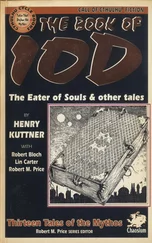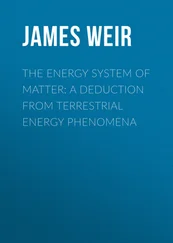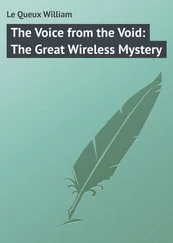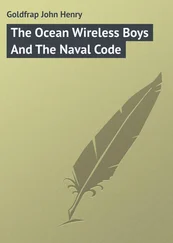Hirley Alves - Wireless RF Energy Transfer in the Massive IoT Era
Здесь есть возможность читать онлайн «Hirley Alves - Wireless RF Energy Transfer in the Massive IoT Era» — ознакомительный отрывок электронной книги совершенно бесплатно, а после прочтения отрывка купить полную версию. В некоторых случаях можно слушать аудио, скачать через торрент в формате fb2 и присутствует краткое содержание. Жанр: unrecognised, на английском языке. Описание произведения, (предисловие) а так же отзывы посетителей доступны на портале библиотеки ЛибКат.
- Название:Wireless RF Energy Transfer in the Massive IoT Era
- Автор:
- Жанр:
- Год:неизвестен
- ISBN:нет данных
- Рейтинг книги:5 / 5. Голосов: 1
-
Избранное:Добавить в избранное
- Отзывы:
-
Ваша оценка:
Wireless RF Energy Transfer in the Massive IoT Era: краткое содержание, описание и аннотация
Предлагаем к чтению аннотацию, описание, краткое содержание или предисловие (зависит от того, что написал сам автор книги «Wireless RF Energy Transfer in the Massive IoT Era»). Если вы не нашли необходимую информацию о книге — напишите в комментариях, мы постараемся отыскать её.
, distinguished researchers Onel L. A. López and Hirley Alves deliver a robust discussion of massive wireless energy transfer and zero-energy, low-cost, Internet of Things networks. Moving beyond the basic theoretical background of the subject, the authors offer a deep analysis of the scenarios and requirements of wireless energy transfer.
The book details novel powering schemes recently proposed to face the challenging requirements of the future Internet of Things, as well as a comprehensive review of sustainable IoT wireless networks.
Wireless Energy Transfer The authors also discuss:
Thorough introductions to wireless energy transfer, including energy harvesting sources, radio frequency energy harvesting circuits, efficiency models, and architectures for wireless energy transfer powered IoT networks Comprehensive explorations of ambient radio frequency energy harvesting, including measurement campaigns, energy harvesting hardware prototypes, and performance analysis based on stochastic geometry Practical discussions of efficient schemes for massive wireless energy transfer, including energy beamforming, multi-antenna techniques, and distributed antenna systems Perfect for students and researchers in signal processing, communications, networking, and information theory,
will also earn a place in the libraries of students and practitioners in the fields of communication hardware and transceiver design.












